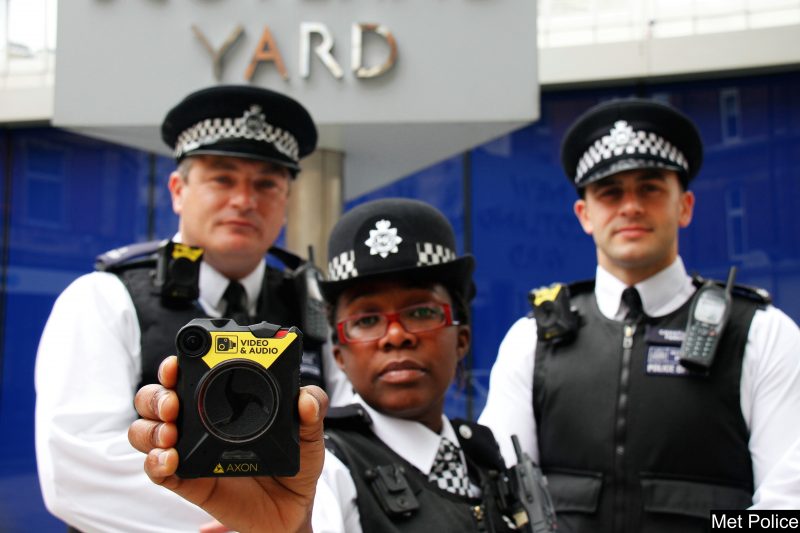Its day 2 of Salon-APS at Porte de Versailles in Paris which is open until the 28th September. Entrance is free following registration. Exhibitors include some leading names such as Optex, Avigilon, Axis, Milestone & Hikvision and there are over 140 exhibitors showing products in the following areas:
• Anti-terrorism • Insurance / Financing • Cables / Energy / Lighting •Cloud •Consulting / Training / Auditing • Access control / intercoms • Cybersecurity • Intrusion Detection / Alarm• Drones & robots • Control room equipment • Geolocalisation • Crisis management • Identification and biometrics • Thermal imaging • Engineering,installation • Media / Institutions • Security Services (human surveillance, secure transport, remote surveillance, etc.) • Lone-Worker Protection (LWP) • Perimeter security • Regulation / Certification • Networks, telecommunications, transmissions • Integrated security systems / Building automation / Smarthome • Locks and closures • Physical security (barricades, barriers, armour) • Data storage / Data centres • Supervision, hypervision • Videosurveillance
https://www.salon-aps.com/en/home/





 [embedit snippet=”photo-credit-dariusz-sankowski”]
[embedit snippet=”photo-credit-dariusz-sankowski”]